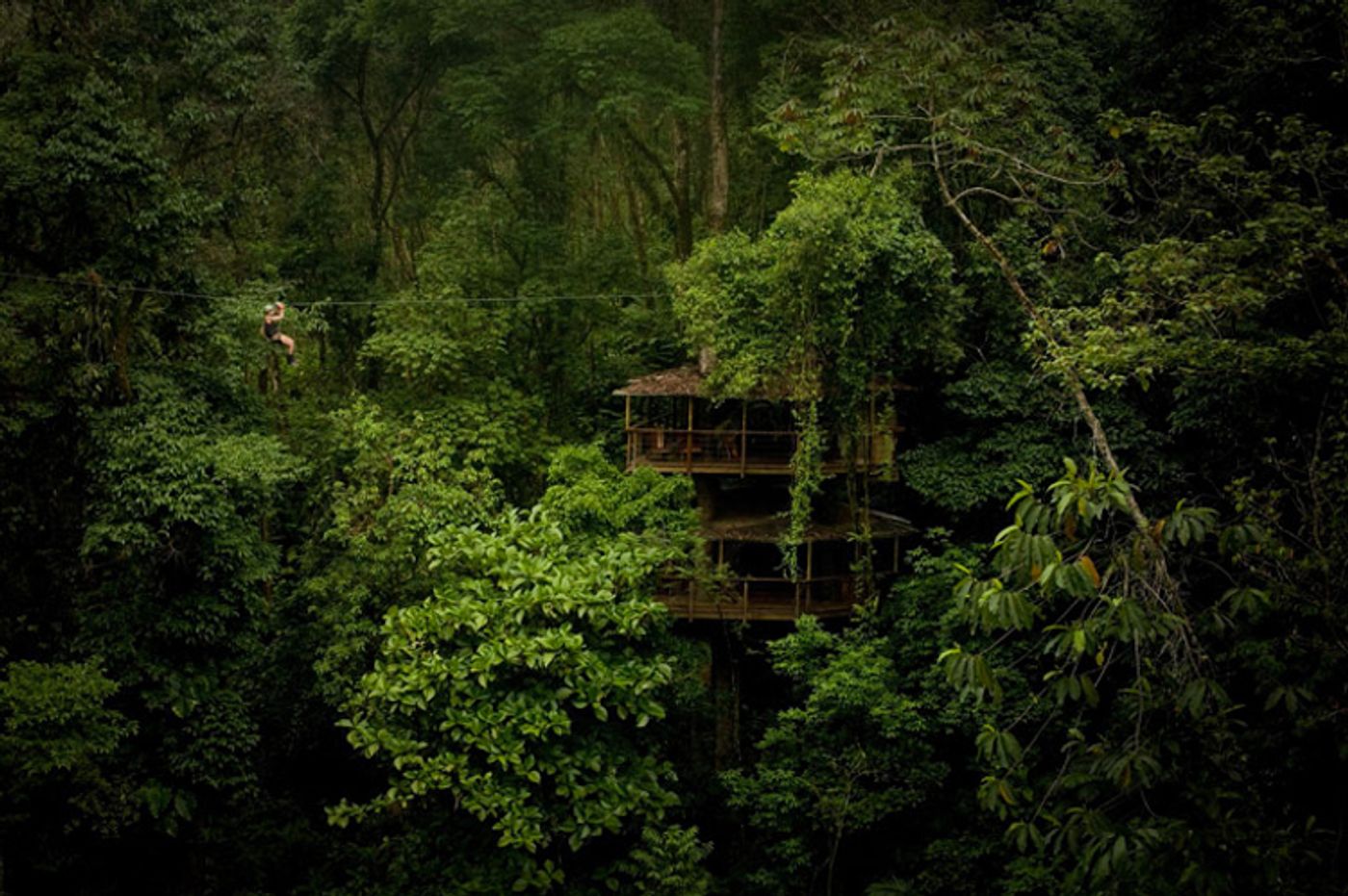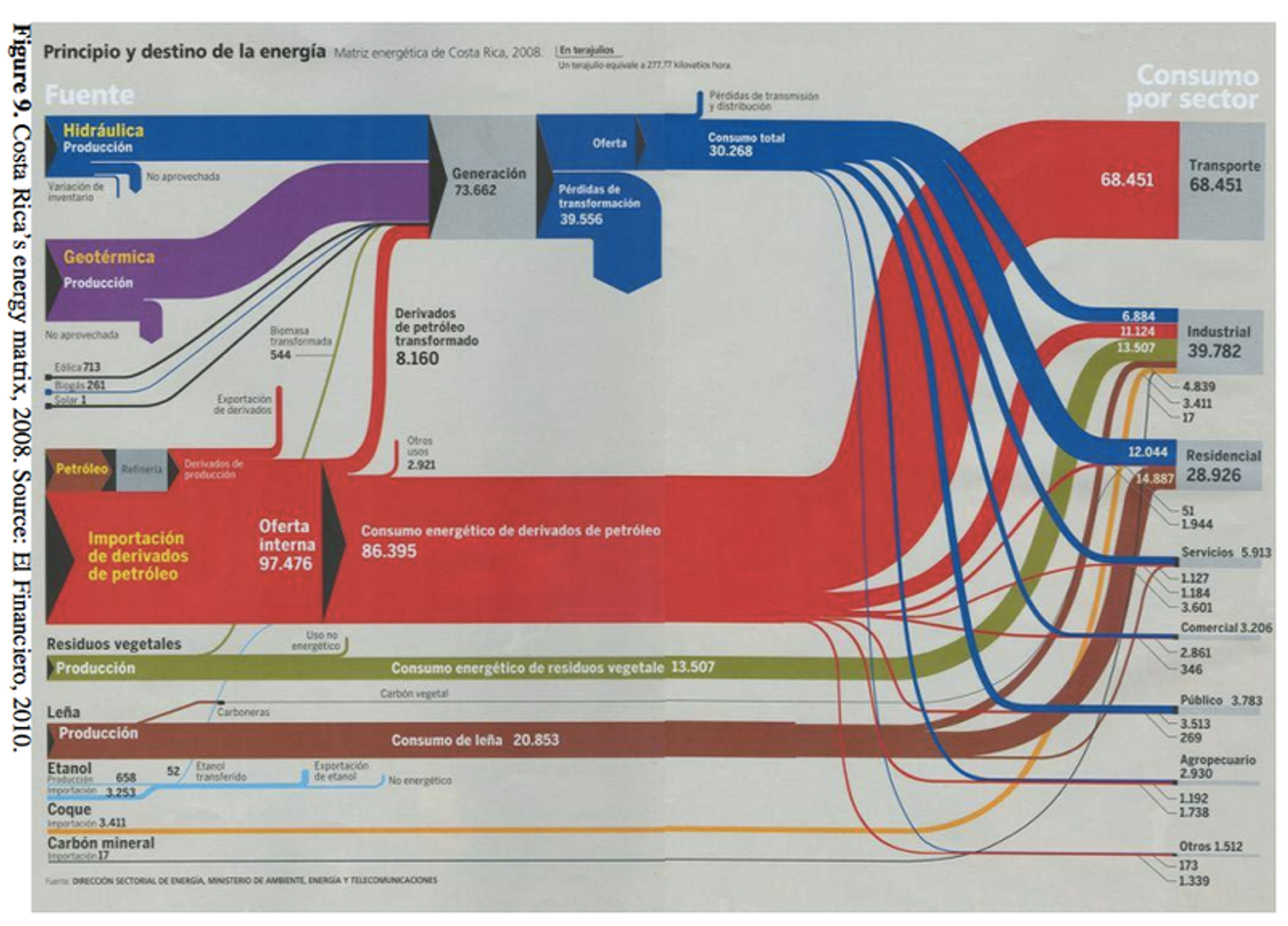For the past two months straight (76 days to be exact), Costa Rica has not burned a single fossil fuel in order to generate the country’s electricity. And they’re not living in the dark either - they’re using 100% renewable power.
This isn’t the first time the 51,000 square kilometer Central American country has done it, either. For 300 total days last year and 150 days so far this year, Costa Rica’s electricity has come entirely from renewable sources, mostly hydropower and geothermal.
For years, roughly 80 percent of the nation's electricity has come from hydroelectric dams. Unlike wind or solar, hydropower can run at all hours, making it quite reliable - well as reliable as the weather in a climate changing world. Nevertheless, in 2015 and 2016, the country experienced above-average rainfall at its four biggest reservoirs, allowing Costa Rica’s four hydroelectric dams to cover almost all of the country's electricity needs.
Another 12% of Costa Rica's electricity comes from geothermal plants, which tap heat deep in the Earth's crust and can also run around the clock. In 2014, after a devastating drought that diminished the power output of hydroelectric dams, the nation's legislature approved a $958 million geothermal plant, backed by loans from Europe and Japan, that's now in service. The remainder of Costa Rica's electricity needs were supplied by wind — which is currently supplying 7 percent of electricity — a smaller amount of biomass, and a very minuscule bit of solar.
However, it isn’t all sunshine and waterfalls, the country of 4.9 million people also has plenty of cars and buses, which still run on gasoline and diesel. Unfortunately, this accounts for about half of Costa Rica’s total energy use. The nation also has two large cement plants that burn coal and petroleum coke in their kilns, producing carbon dioxide emissions. Many homes also still burn wood for heating, which can often have harmful health impacts (although Costa Rica has been trying to substitute cleaner-burning natural gas).
The following diagram shows breakdown of Costa Rica’s overall energy use here. It’s in Spanish, but you can see that imported oil (in red) accounts for over half of total energy needs:
Nevertheless, Costa Rica is striving towards some lofty green goals. Although the Casa Presidencial noted in a statement that the country is moving away from the original goal of carbon neutrality for 2021 (the goal is now set for 2085), a state-run utility is currently building dozens of wind farms and small dams around the country, with the aim of zeroing out the use of all fossil fuels for electricity. Costa Rica is also planning to balance out other emissions with a program to protect its rainforests and plant more trees.
Sources:
Vox,
TED Talks,
ABC,
Business Insider,
The Tico Times,
Energy Digital










